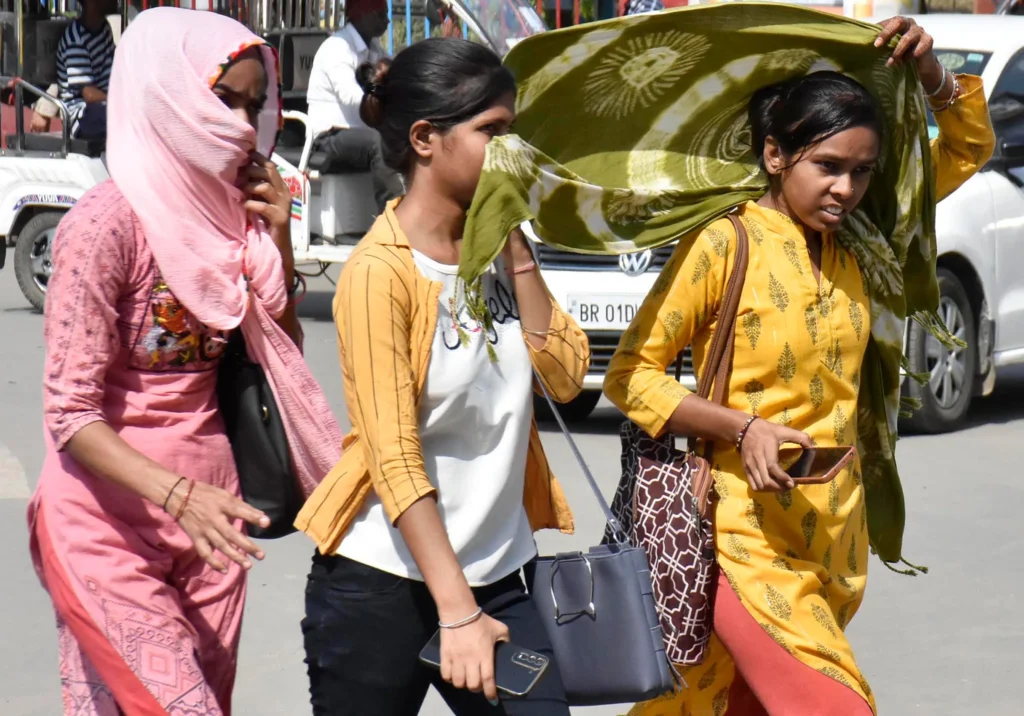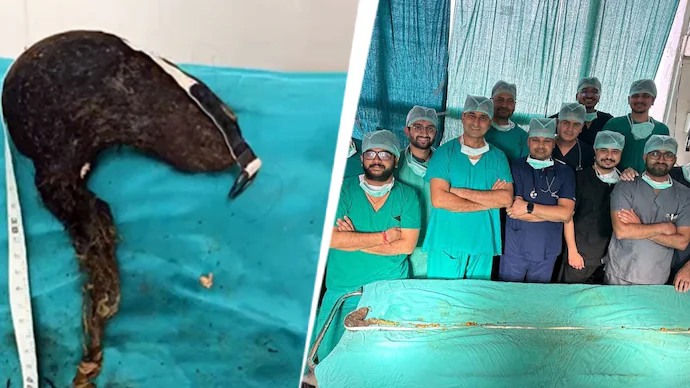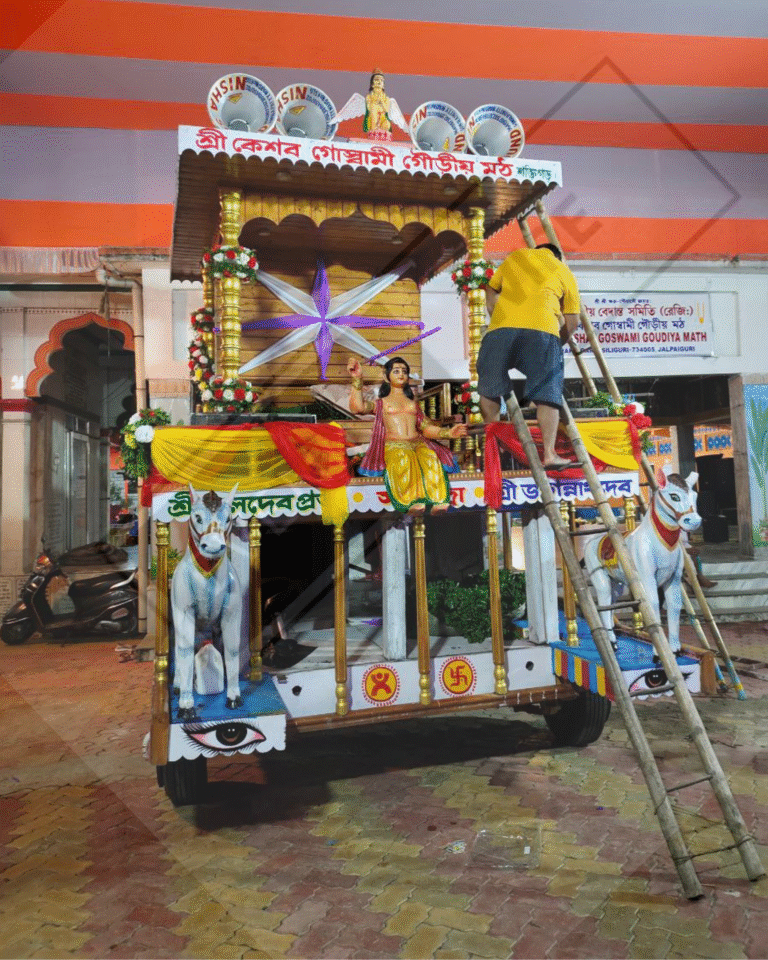
India is experiencing an early and intense summer in 2025, with the India Meteorological Department (IMD) issuing the first heatwave alert on April 8, 2025, due to rising temperatures across the country2. Many areas are expected to have hotter-than-normal days and nights from April to June.
Affected Regions
Heatwave conditions are expected in the following states:
- Rajasthan: Expected to continue from June 10-16, with severe conditions in many parts from June 10-13. A red alert has been issued for Rajasthan, with Phalodi recording 43.6°C and Barmer reaching 45.6°C on April 7.
- Uttar Pradesh: Expected on June 10 and 11. Could have 10 to 11 heatwave days between April and June.
- Punjab: Expected from June 10-13.
- Delhi: A yellow alert has been issued for Delhi, with temperatures reaching 40.2°C on April 7.
- Other Regions: Jammu-Kashmir-Ladakh-Gilgit-Baltistan-Muzaffarabad, Himachal Pradesh, Haryana, West Uttar Pradesh, and north Madhya Pradesh are expected to face heatwave conditions from June 10-12. Hot and humid weather is likely in Sub-Himalayan West Bengal and Sikkim on June 10, and in Gangetic West Bengal, Bihar, and Odisha on June 10 and 11.
- Gujarat: Red and orange alerts in place, with Surendranagar at 43°C and Kutch at 44°C.
- Odisha, Jharkhand, Chhattisgarh could have 10 to 11 heatwave days between April and June.
Duration
The heatwave is expected to last from early April to late July, with April and May likely being the hottest months. There is no significant change in the maximum temperatures in Northwest India in the next four days but are expected to fall by 2-4 degrees Celsius thereafter, said the weather department. Similarly, there is no change expected in the maximum temperatures in Central and East India in the next two-three days, but a fall in temperature is expected by 2-3 degrees Celsius thereafter.
Health Maintenance During Heatwaves
To minimize the impact of heatwaves and prevent heat-related illnesses, consider these measures:
- Stay Hydrated: Drink sufficient water frequently, even if you’re not thirsty. Carry water with you while traveling and consume fluids like lemon water, ORS (Oral Rehydration Solution), and juices. Avoid alcohol, tea, coffee, and carbonated soft drinks, as they can dehydrate the body.
- Appropriate Clothing: Wear lightweight, light-colored, loose, and porous cotton clothes. When going out, use protective goggles, an umbrella/hat, and shoes or sandals. Apply SPF 30+ sunscreen.
- Avoid Peak Heat: Avoid going out in the sun, especially between 12:00 noon and 3:00 p.m. Avoid strenuous activities when the outside temperature is high and avoid working outside during the hottest hours.
- Dietary Precautions: Avoid high-protein and stale food. Eat fresh, seasonal fruits, salads, curd, and water-rich foods like cucumber and watermelon. Avoid oily, spicy, and heavy meals.
- Keep Cool: Stay in cool places. Keep your home cool by using curtains, shutters, or sunshades and opening windows at night. Use fans and damp clothing, and take cold showers frequently. Check your fans and air-conditioners to make sure they are working and that filters, pads, and air vents are clean.
- Protect Yourself Outdoors: If you work outside, use a hat or an umbrella and a damp cloth on your head, neck, face, and limbs.
- Take care of your eyes: Wear sunglasses.
- Avoid strenuous activities: Cancel or reschedule activities for the coolest part of the day and avoid exercising and being outdoors in the heat.
- Additional Tips: Do not leave children or pets in parked vehicles. If you feel faint or ill, see a doctor immediately. Use homemade drinks like lassi, torani (rice water), lemon water, and buttermilk to rehydrate the body. Keep animals in the shade and give them plenty of water.
- Monitor Air Quality: If the air quality deteriorates, cover your face with a mask, limit outdoor activities, and take prescribed medications if you have pre-existing conditions like asthma or bronchitis




